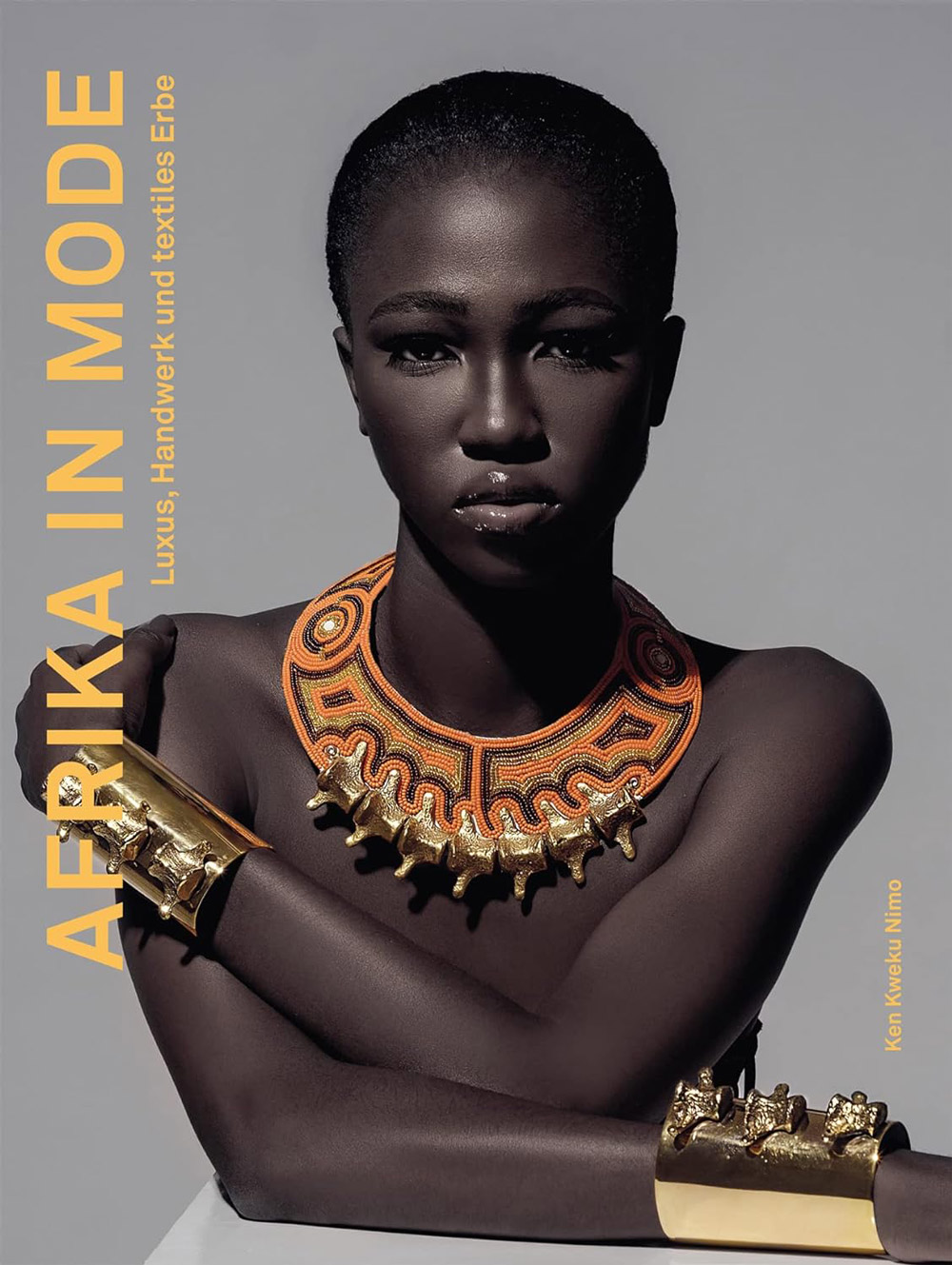74 original NASA photographs from the space race to the Moon are now up for auction at Bruun Rasmussen on 9 March for a combined value of DKK 1.5 million.
- Original NASA Photographs of the First Men on the Moon up for Auction at Bruun Rasmussen
An iconic moon selfie, the world’s first photograph of Earth seen from space and a ‘moonwalking’ astronaut all made history, headlines and onto the covers of international publications across the world. These are just three of the moments depicted in the 74 original NASA photographs from the space race to the Moon, which are now up for auction at Bruun Rasmussen on 9 March for a combined value of DKK 1.5 million.
“That’s one small step for (a) man, a giant leap for mankind”
The famous words spoken by astronaut Neil Armstrong in front of the whole world in 1969, as he became the first human being to set foot on the Moon. All the astronauts participating in NASA’s lunar missions were equipped with a state-of-the-art Hasselblad camera to capture the new and previously unseen world and document this highpoint in human endeavours. Carefully selected photographs were at the time published on the front pages of major US magazines. From a private collection, we can now present 74 original NASA photographs from the Apollo 8-17 missions at auction for a total estimate of DKK 1.5 million.
"It was truly a time of greatness, and there was a sense of incredible accomplishment because we as humans had succeeded in making it to the Moon. A belief in our own abilities and a sense of limitless potential abounded in society, and despite the crises that also existed during that time, humanity achieved some of the greatest things within space exploration – putting a human on the Moon. The spirit of the times and the world history that was written during this period shines through clearly in the photographs. Knowing that these are the original photographs taken by the astronauts during the biggest missions of their lives presents a great thrill in this digital age,” says Lærke Bøgh, Head of Department and Specialist at Bruun Rasmussen.
Photographs from the Front Pages of National Geographic and Life
Several of the collection's photographs have belonged to NASA's own archives and were not known to the public, while selected copies appeared on the covers of major influential American magazines such as National Geographic and LIFE to tell the world about the United States' success in the lunar race. The auction includes three iconic photographs that made it to the covers in 1969. Furthermore, 27 of the photographs have been published inside the two magazines.
On the cover of National Geographic (December 1969), the words "First Explorers on the Moon" were printed across the auction's photograph of the Moon's first explorers: the moonwalking Buzz Aldrin in full astronaut gear and Neil Armstrong, who photographed Aldrin and can be glimpsed in the reflection of Aldrin's visor in what could be described as a ‘moon selfie’. The same photograph also graced the cover of LIFE (August 1969) and is the most famous image of a human on the Moon.
LIFE also had two other covers with photographs now up for auction. One cover (January 1969) is the very first photograph of the Earth taken by a human. The photographer was astronaut William Anders and the image shows the beautiful marble-like planet floating in space with the headline "The incredible year '68". The second cover (August 1969) is with a photograph of the American flag placed on the surface of the Moon, as a symbol of the conquest of the new world by man, or more particularly the Americans, with the simple caption stating “On the Moon”.
The 60th Anniversary for President Kennedy’s Famous Moon Speech
This year marks the 60th anniversary for the American president John F. Kennedy’s famous Moon speech: “We choose to go to the Moon in this decade and do the other things, not because they are easy, but because they are hard; because that goal will serve to organize and measure the best of our energies and skills, because that challenge is one that we are willing to accept, one we are unwilling to postpone, and one we intend to win, and the others, too.”
His inspiring words in 1962 were not just about the vision of putting humans on the Moon, but about galvanizing the spirit of the times where everything seemed possible for mankind. The auction also includes photographs of Kennedy's final visit to NASA at Cape Canaveral on 16 November 1963 – just six days before his tragic death. 60 years later, in the midst of a pandemic, climate crisis and global political unrest, this spirit is once again needed. Perhaps this is also why there is currently a growing conversation about the exploration of space. This is true for both the world's great powers who are announcing new ambitious space programmes and missions to the Moon, while enterprising business magnates are developing new technologies for space travel.
The world of art also has a rising interest in the moon. In Denmark, the Louisiana Museum of Modern Art curated a large lunar exhibition in 2018, which dealt with our view of the Moon in an artistic perspective. Five of the auction's photographs were on display at this exhibition, including the beautiful photograph of the Apollo 11 command module floating over the Sea of Fertility, the allegorical close-up of an imprint made by Buzz Aldrin's boot in the Moon’s dust and an extraordinary panorama of a giant lunar canyon.
The Astronauts Bring Together Art and Science
The idea behind the Apollo programme was to get the first human safely to the Moon and back again to Earth. Between 1968-1972, a series of more or less successful Apollo missions were launched by NASA. On several of the missions, the spaceships managed to enter the lunar orbit, and on the famous Apollo 11 in 1969, they finally landed on the Moon. At the auction, photographs from all the major milestones are presented: Right from Apollo 8 with a photograph of the Saturn V, which was the first rocket to get man out of Earth’s orbit and towards the Moon, over Apollo 11 with the very first image of a human on the Moon, to Apollo 17 with a photograph of the last human to set foot on the celestial body.
On their world-changing journeys, the astronauts were equipped with the latest Hasselblad camera to visually document what they were experiencing. They were instructed in the use of the camera by NASA, Hasselblad, Kodak, Zeiss specialists and photographers at LIFE and National Geographic. All the photographs are original and developed in limited numbers. Several are so-called "NASA red numbers" and "NASA black numbers", while others have original NASA captions and vintage Kodak watermarks indicating that they were developed right after each mission took place.
However, the photographs became much more than just documentation of space exploration. They became works of art that convey a rare view of outer space, including an "Earth Rise" and the "dark side" of the Moon – images we can never see from Earth itself. In addition, the photographs represent the mixed sense of awe and fear felt among the astronauts as explorers and individuals over what was at stake. There are photographs of the preparations before departure with serious expressions fixed on the faces of the people involved, the life-threatening work done in outer space and the tense smiles from inside the spaceships.
The 74 photographs have been given an individual estimate ranging from DKK 4,500 to DKK 90,000 and will be up for auction on 9 March at 2 pm in Bredgade 33, Copenhagen.







































 Gütsel RSS Feed
Gütsel RSS Feed


















































